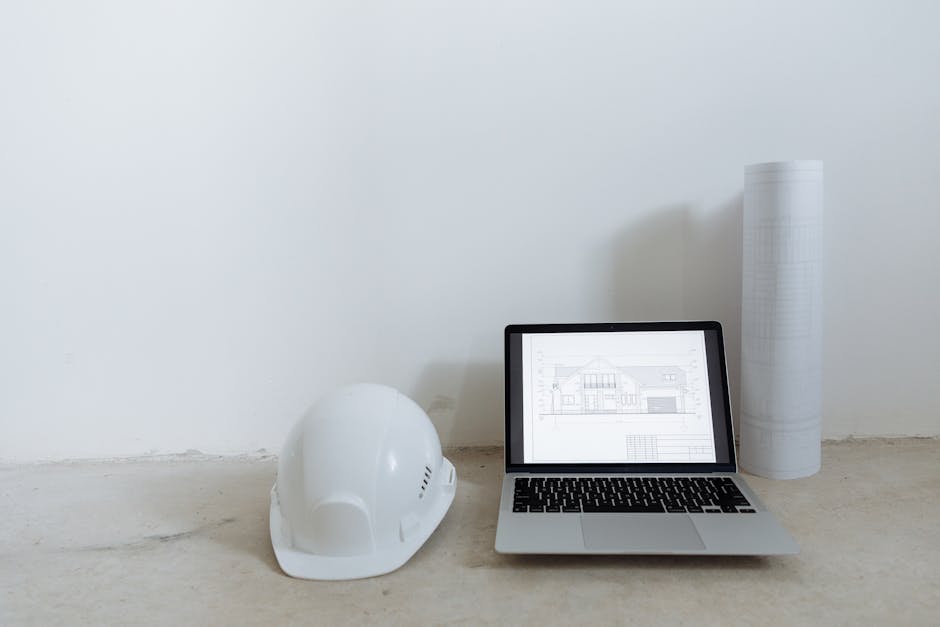Revolutionizing Office Organization: How Seating Plan Software Transforms Workplace Efficiency
“In today's dynamic workplace, outdated seating charts create significant inefficiencies. This article explores how implementing digital seating plan software can save organizations millions in lost productivity, streamline employee onboarding, and simplify office transitions while enhancing collaboration across teams. ”

Revolutionizing Office Organization: How Seating Plan Software Transforms Workplace Efficiency
In the modern workplace, something as seemingly simple as knowing where colleagues sit can have a profound impact on productivity, collaboration, and employee satisfaction. Yet many organizations continue to rely on outdated methods for managing office seating arrangements – from Excel spreadsheets to physical drawings pinned to a wall. These antiquated approaches are not just inconvenient; they're actively costing businesses millions in lost productivity.

The Hidden Cost of Inefficient Seating Management
The numbers are staggering: according to research from Senion's Office Worker Survey, four in ten office workers spend up to 60 minutes every week simply searching for colleagues. With 41 percent of U.S. workers employed in offices with 500+ employees, this translates to approximately 160 million days wasted annually – representing a staggering $27.5 billion in lost productivity each year.
This is the equivalent of full-time salaries for an additional 616,000 office workers. For growing organizations, these inefficiencies only compound as teams expand and office layouts evolve.
Three critical problems consistently emerge when companies lack effective seating plan management:
- Employee time waste – Staff members circle floors repeatedly looking for teammates
- Onboarding challenges – New hires struggle to navigate the physical workplace
- Complicated transitions – Office moves or reorganizations become logistical nightmares
The Digital Solution to Physical Space Management
Modern seating plan software offers a comprehensive solution to these challenges by providing interactive, accessible office maps that everyone in the organization can utilize. Unlike traditional Integrated Workplace Management Software that typically restricts access to facilities teams, today's solutions democratize spatial information.
Enhancing Collaboration Through Visibility
For fast-growing departments that frequently adjust seating arrangements to keep teams together, or organizations that deliberately mix up layouts to foster cross-functional collaboration, having an easily updated digital seating plan is invaluable.

With modern seating plan platforms, administrators can quickly update workstation assignments and automatically notify employees of changes. This eliminates the confusion that typically follows reorganizations and ensures that team members can immediately locate one another through simple search functionality.
The days of employees wandering aimlessly or sending last-minute "Where are you?" messages become a thing of the past. This improved visibility directly supports a more collaborative workplace strategy where spontaneous interactions can occur without the friction of first having to locate colleagues.
Streamlining the Onboarding Experience
The first few weeks at a new job present numerous challenges for employees: learning new systems, understanding company culture, and building relationships with teammates. Navigating an unfamiliar office layout shouldn't add to this stress.
Research shows that effective onboarding can improve employee retention rates by 52 percent. Something as straightforward as providing new hires with clear visibility into where team members sit can significantly ease this transition period.
Modern seating plan software gives new employees immediate access to office maps showing both permanently assigned seats and flexible workspaces. This visibility helps newcomers:
- Quickly identify where key team members and managers sit
- Understand departmental groupings within the physical space
- Navigate to meeting locations more efficiently
- Feel more connected to the organization from day one
Managing Office Transitions With Minimal Disruption
Perhaps the most challenging scenario for workplace seating management occurs during major transitions – whether expanding to a new floor, redesigning an existing space, or relocating to an entirely new building.

Traditional methods of managing these changes often involve:
- Physical architectural drawings that quickly become outdated
- Manual updates to spreadsheets that aren't widely accessible
- Reliance on tribal knowledge that doesn't scale
A digital seating plan platform transforms this experience by providing:
- Real-time updates visible to all employees
- Self-service access to answer common questions like "Where is my new desk?"
- Interactive maps that help staff visualize the new layout before moving day
- Integration with other workplace systems like meeting room booking
This comprehensive approach to space management significantly reduces the chaos typically associated with office moves and helps maintain productivity during transitions.
Selecting the Right Seating Plan Software
When evaluating seating plan software for your organization, several key features should be considered:
1. Accessibility and User Experience
The solution should be accessible to all employees, not just administrators, with an intuitive interface that requires minimal training. Mobile access is particularly important for organizations with hybrid work models.
2. Integration Capabilities
Look for platforms that integrate with your existing workplace technology stack, including:
- Calendar systems
- Employee directories
- Building access controls
- Meeting room booking systems
3. Flexibility for Different Work Models
Modern workplaces often include a mix of:
- Permanently assigned seating
- Hot desking arrangements
- Neighborhood-based flexible seating
- Activity-based work zones
Your seating plan software should accommodate these various models and allow for easy transitions between them as your workplace strategy evolves.
4. Reporting and Analytics
Advanced solutions provide valuable insights into space utilization, helping facilities teams make data-driven decisions about future office layouts and real estate needs. This data analysis is changing workplace planning in fundamental ways.
5. Implementation and Support
Consider the level of support provided during implementation, including floor plan digitization services and ongoing technical assistance.
The Bottom Line: ROI of Seating Plan Software
Implementing modern seating plan software delivers measurable returns through:
- Reclaimed productivity – Eliminating time wasted searching for colleagues
- Improved collaboration – Making it easier for teams to work together
- Enhanced employee experience – Reducing frustration and improving workplace satisfaction
- Streamlined facilities management – Simplifying the administration of workplace changes
For organizations with hundreds or thousands of employees, the investment typically pays for itself within months simply through productivity gains. The additional benefits of improved collaboration and employee satisfaction further enhance the return on investment.

Conclusion
As workplaces continue to evolve with hybrid models, flexible arrangements, and dynamic team structures, the importance of effective seating plan management will only increase. Organizations that implement digital solutions now will be better positioned to adapt to future workplace changes while maintaining productivity and employee satisfaction.
By eliminating the inefficiencies of outdated seating management approaches, companies can redirect millions in previously wasted productivity toward their core business objectives. In today's competitive business environment, this represents a significant advantage that forward-thinking organizations cannot afford to ignore.
The modern workplace demands modern solutions – and when it comes to managing where people sit, digital seating plan software delivers clear benefits for employees, managers, and organizations as a whole.